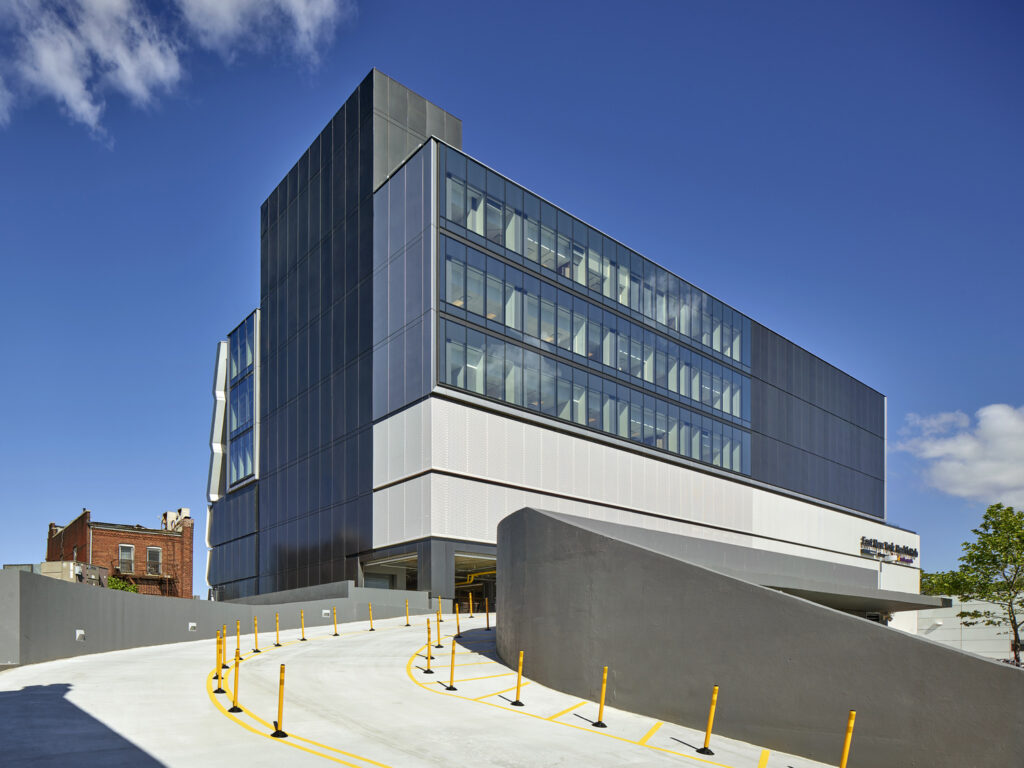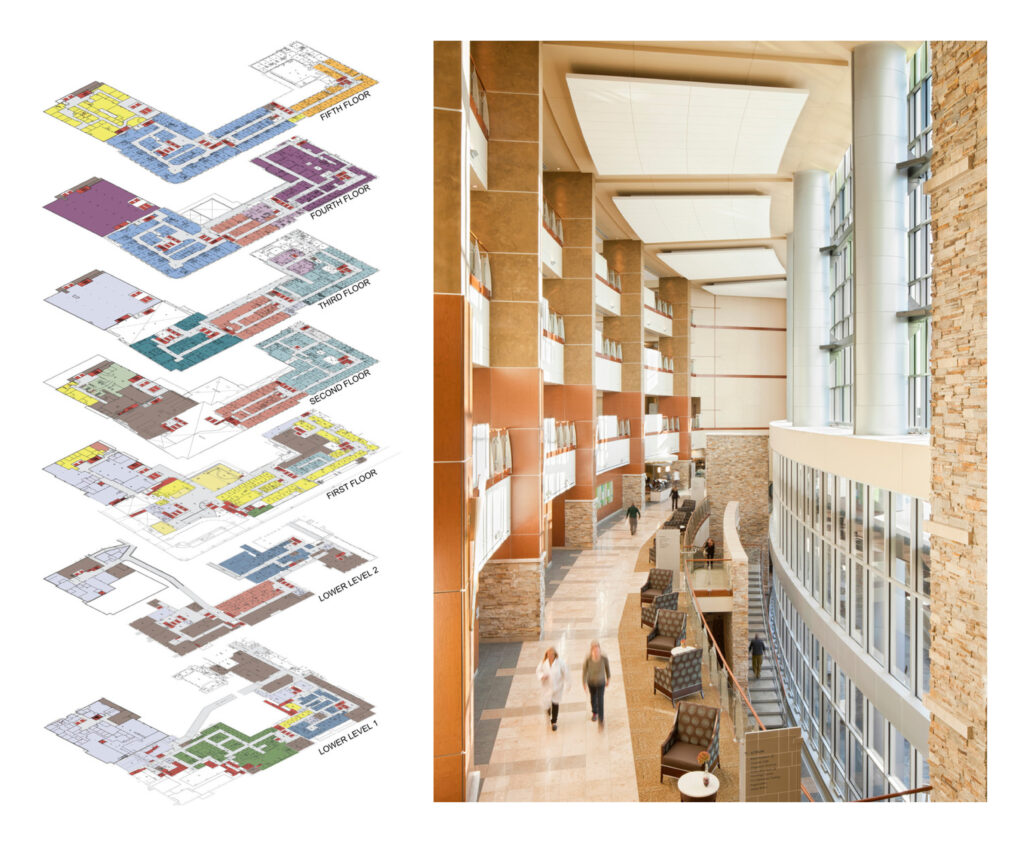The healthcare environment continues to transition from payment based on volume to payment based on value, albeit at different rates in different markets. While these varying rates of change may impact the timing of strategic imperatives, it doesn’t materially change those imperatives. In part one of this article, we discussed three assumptions about the future of healthcare that highlighted the importance of designing and developing more efficient, lower cost, more convenient and patient-friendly sites of care. In Part two, we will discuss four additional assumptions that emphasize the need for practice and operational efficiency.

Missed part one of this series? Read it here.
4. Physicians will continue to drive healthcare utilization and cost
25 years ago, I wrote an article titled, “If you build it, they will come – strengthening physician relationships without acronyms.” Today, physicians (and, to an increasing degree, advanced practice providers (“APPs”) remain at the steering wheel for healthcare, and the rest of the industry has figured that out. Physicians seemingly have more options than ever, including remaining independent, being employed by a hospital, employment by a payor, and acquisition by/partnership with a PE firm. In fact, UnitedHealth Group’s Optum currently employs the most physicians in the United States with 70,000 employed or aligned physicians across more than 2,200 locations.[1] Many of the alignment options available to physicians have the potential to disrupt traditional referral patterns and redirect patients to other sources of care.
Hospitals and health systems must truly align their interests with those of the physicians upon which they rely for business, both clinically and financially, in order to retain their loyalty and the associated market share. Shy of full employment, there are many models for aligning interests, including but not limited to provider service agreements (PSAs), co-management agreements, ACO participation, and management services arrangements. From a facility planning standpoint, there are several additional ways to align clinical and financial interests.
Financially, physicians continue to seek alternative revenue streams to boost their income in an environment of declining reimbursement. Providing opportunities for physicians to participate in owning real estate remains a viable way to align interests while reducing capital requirements from the health system. However, convenience and operational efficiency are probably the best ways to align interests and retain loyalty. Anything a health system can do from a facility standpoint to make it easier and more efficient for physicians to practice and provide high quality care will be highly valued by those physicians, starting with access to convenient parking.
Important facility planning-related operational efficiencies include appropriate adjacencies of related services and modalities, efficient floor plans within departments, sufficient operating room capacity to enable surgeons to flip rooms to optimize their productivity, and on-unit charting areas for real-time documentation. Of course, fully integrated electronic medical records across the health system and physician offices are essential for efficiency and alignment. In the end, my old adage may still apply – if you build it (in a way that makes it easier and more efficient for them to practice high quality medicine and earn a fair and more stable income), they will come (and likely stay).

5. Safety, quality, and outcomes will be increasingly important
Particularly as markets shift from volume to value-based reimbursement, and organizations are increasingly at risk for the cost and quality of care they provide, a hospital’s or health system’s ability to demonstrate and document patient and staff safety, high quality care and service, and superior clinical outcomes will drive market share and optimize revenue under value-based payment mechanisms.
Unfortunately, in the current environment of increased workplace violence, safety must be thought of on multiple levels and ensuring patient and staff security is paramount. Campus and facility design considerations include adequate lighting, the number of facility access points, and specific screening and security mechanisms in hospital emergency departments and elsewhere. In addition, specific facility design features can help reduce significant safety events and patient and employee injuries. In particular, patient safety can be impacted by staff visibility of waiting rooms and holding areas and convenient location of nursing stations to provide better line of sight to patient rooms and more rapid response to patients who need immediate attention.
Many of the facility-related considerations to support hospital/physician alignment identified above are also applicable here; what makes physicians (and APPs) more successful and satisfied will help improve safety, quality, and clinical outcomes. Attention to improving the patient experience will also impact perceived quality and contribute to better clinical outcomes.

6. The staff shortage is not likely to go away any time soon.
The “great resignation” is real and persistent in healthcare, with pandemic-related burnout and other factors leading to early retirement and resignation in favor of safer, less stressful, and more lucrative jobs. Right now, health systems are trying to hire their way out of the shortage, but that is not a realistic solution, meaning that the staff shortage is not likely to go away any time soon. The ongoing lack of sufficient employees to staff available hospital beds has a direct implication for facility planning.
Many hospitals are currently contemplating or planning for the construction of new inpatient towers or floors, some with existing unused bed capacity due to lack of available staff and others without knowing if or how they will be able to recruit sufficient staff to operate the new facilities. Solving this conundrum requires innovative approaches to staff recruitment and retention, as well as technological solutions to automate or outsource more functions. However, from a facility standpoint, if a health system proceeds with facility development (to which serious consideration should be given), designing to optimize operational efficiency and accommodate enabling technology is essential.
Efficient departmental adjacencies and floor plan layout can enable existing staff to be more productive and do more with less. Examples include collocating diagnostic and treatment platforms so they can share prep/recovery areas and staff, shared central waiting rooms for multiple services to reduce clerical staff, and central transport for services that do not have a critical mass of transport needs. In addition, designing spaces to improve staff experience and satisfaction can help with staff retention. Accordingly, it is imperative in planning new facilities to include consultants who have operational expertise and will engage with existing clinical and support staff to understand their needs and expectations.

7. We don’t have the capabilities, time, or resources to do it all ourselves
Nor should we. The era of hospitals and health systems owning and/or controlling all aspects of healthcare is gone. From retail and customer service expertise to big data analytics to remote monitoring and virtual technology; the healthcare environment is changing too fast for hospitals and health systems to keep up and compete with companies that specialize and excel in these essential capabilities.
In addition, capital continues to be limited and access constrained, such that we cannot possibly just buy and own it all. Hospitals and health systems must use their limited capital resources to focus on doing and improving on what they do best – providing high quality, specialized clinical care. In doing so, they must emphasize operational efficiency and improving the patient, provider, and staff experience. However, developing partnerships and joint ventures with companies that specialize and excel in these “non-core” but essential capabilities enhances expertise, increases speed to market, enables staff to focus on what they do best, preserves capital, and reduces business and financial risk to the organization.
Particularly in today’s healthcare environment, it is better to own 50% of something than 100% of nothing, which is what will be left if we don’t plan for the future of healthcare.
In this article, we have outlined seven assumptions about the future of healthcare and their implications for facility planning. Although we can anticipate a lot about the future healthcare environment, there are things we don’t and can’t know about the future, like mass casualty events or future pandemics. While scenario planning is a useful tool to wire our brains to manage through the unexpected, flexibility is the key for facility planning. How much flexibility can we design and build into our facilities, what will it cost to do so, and what will it cost if we don’t? Designing “smart” flexibility into our facilities is probably best left for another article, written by an architect, not a strategist.
Otherwise, for the most part, we have a good sense of what the future healthcare environment will look like and require. Accordingly, it is incumbent on hospitals and health systems to position themselves to succeed in that future environment through careful and diligent facility planning, regardless of the expected pace of change in their “unique” marketplace. Identifying and bringing the right resources that integrate strategic, operational, clinical, and financial expertise into facility planning and design is essential for optimizing performance in a rapidly changing environment.
Explore Array Advisors’ Capabilities in our 4-page brochure.
[1] https://www.beckerspayer.com/payer/meet-americas-largest-employer-of-physicians-unitedhealth-group.html#:~:text=The%20largest%20employer%20of%20physicians,quickly%20changing%20healthcare%20delivery%20landscape

